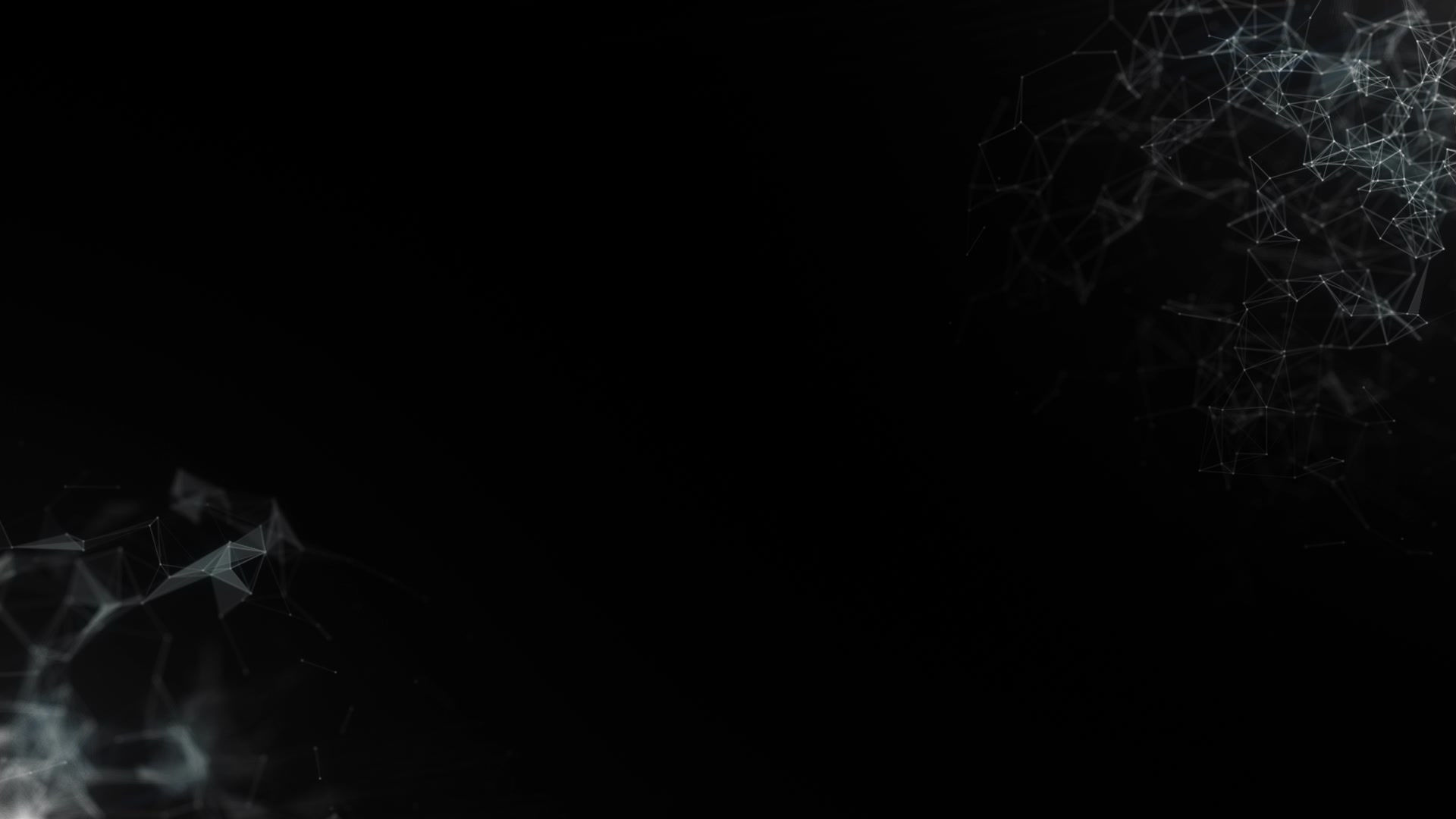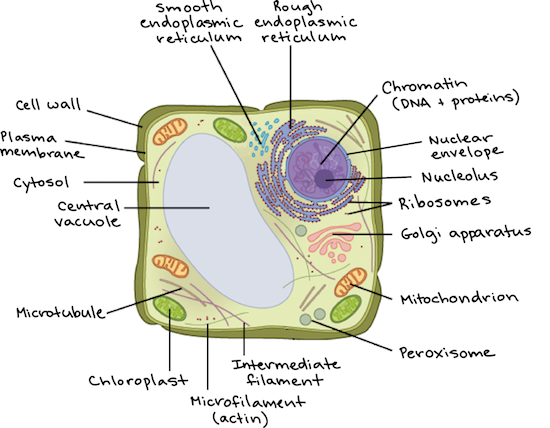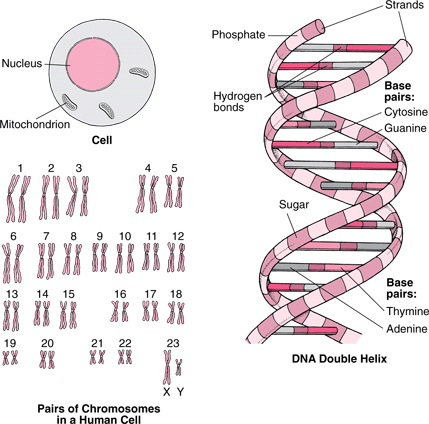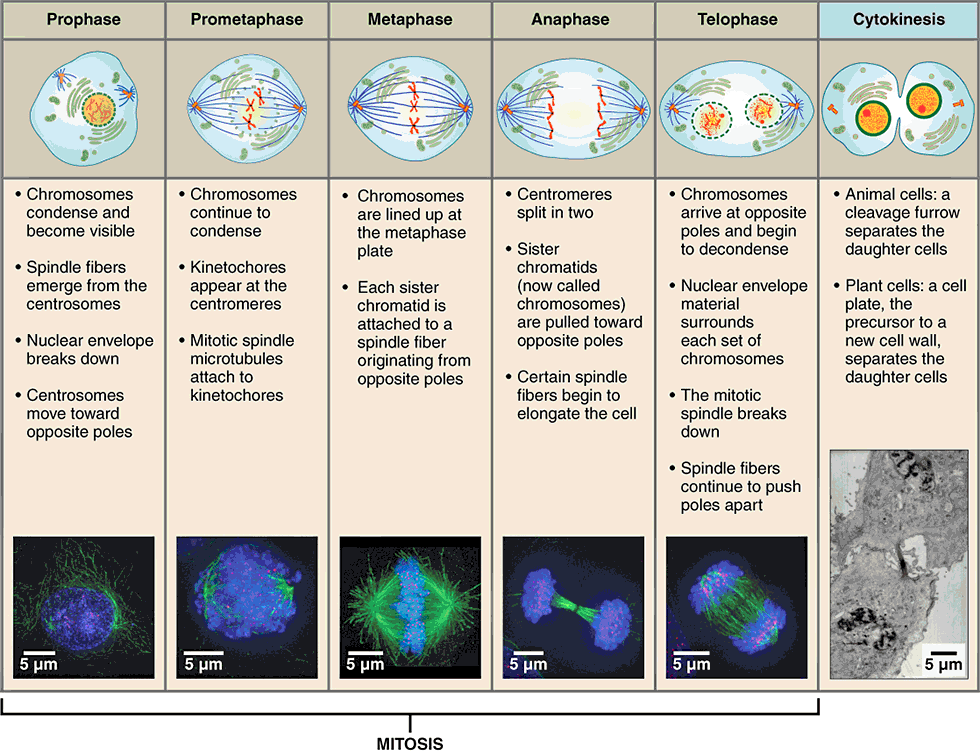
NYS Science exam review
Focus Topics and Concepts
DISCLAIMER:
The information in this section is SOME of the essentials in my opinion. This should NOT be the only material you use to prepare. Be sure to look at the sections for each unit on the website, use the review book and look at past exams.
about the exam
The Grade 8 ILS Exam covers all middle school science concepts. The written portion of the exam is administered in a one day session and is made up of both multiple choice and short response questions on the following categories:
-
Living and Nonliving Things
-
Genetic Information
-
Change over Time (evolution)
-
Reproduction and Development
-
Meeting Daily Needs (body systems)
-
Energy in Ecosystems
-
Humans and the Environment
-
The Earth and Space
-
The Interaction of Air, Land and Water
-
Physical Properties of matter
-
Forms of Energy
-
Forces and Motion
Review the Concept Checklist distributed in class as well as posted below to assess your preparedness.
Click Here for sample multiple choice questions from each topic.
Click Here for sample diagram based questions from each topic.
Click Here for a BIG review packet made by another instructor.
EVERYTHING REVIEW PACKET




science skills
VOCABULARY









EXPERIMENTAL DESIGN
Be able to identify the independent and dependent variables in an experiment.
Only one variable is tested at a time!
Know your metric conversions!





life science
VOCABULARY
 |  |  |
|---|---|---|
 |  |  |
 |  |  |
 |  |  |
 |  |  |
 |  |  |
 |  |  |
 |  |  |
 |  |  |
 |  |  |
 |  |  |
 |  |  |
CELLS
Be able to identify the organelles and their general functions. Know the major differences between plant and animal cells: Plant cells have chloroplasts, cell wall and large vacuoles and animal cells do not.
ANIMAL CELL
PLANT CELL


Cell Wall – Rigid shell of the cell. (only plantcells)
Cell Membrane – Boundary of the cell.
Nucleus – Controls cell processes and holds the DNA.
Mitochondria – Releases the energy from food for the cell.
Chloroplasts – Creates food for the cell. (only plant cells)
Ribosomes – Manufactures protein.
Golgi Bodies – Organizes protein and cell materials and sends them out of the cell.
Lysosomes – digests and recycles cell wastes.
Endoplasmic Reticulum – transports material around the cell.
Vacuole – Stores food for digestion.
CELL OVERVIEW
REMEMBER: Abnormal cell division = cancer
BODY SYSTEMS
Be able to identify each body system and it's primary function.
Be able to identify a few major organs from each system.
Be able to explain how two systems work together to perform a function. (ie: Muscular and Skeletal for locomotion, or circulatory and respiratory for oxygen transport.)
The video below is an excellent overview of the systems.
BODY SYSTEMS OVERVIEW
dna
A single unit of DNA is a nucleotide.
Nucleotides form into base pairs which create the "rungs of the ladder"
The shape of DNA is called a double helix.
DNA is an information storage molecule.
DNA stores genes coded on sequences of nitrogen base pairs.
There are only 4 nitrogen bases: ACTG
AT can bond together, GC can bond together.
NUCLEOTIDE

NUCLEOTIDE PAIRS

DNA is packaged into compact structures called chromsomes.


This video by 'Stated Clearly' does a very good job explaining DNA.
genetics
Know Gregor Mendel and his experiments with peas.
Understand Dominance vs Recessive traits.
Be able to predict the genotypes and phenotypes of offsrping using a punnett square.
Know the differences between Cloning, Selective Breeding and Genetic Engineering.
Another excellent video by 'Stated Clearly' on Genes
PUNNETT SQUARES
PEDIGREE CHARTS
REPRODUCTION
Know the difference between Asexual and Sexual Reproduction.
Understand human reproduction.
Humans have 46 chromosomes in 23 pairs, therefore each gamete (reproductive cell) has only 23 chromosomes.
Reproductive cells in any organism that uses sexual reproduction will have HALF the number of chromosomes as a normal cell.
MITOSIS: CELL DIVISION

MEIOSIS: GAMETE FORMATION


evolution
Evolution occurs to entire species over long periods of time.
Individuals cannot evolve.
Understand Natural Selection.
Know the evidence for evolution.
Be able to identify selective pressures for a given trait.
Again we get some great help from John Perry at 'Stated Clearly'
WHAT IS EVOLUTION?
WHAT IS NATURAL SELECTION?
WHAT EVIDENCE SUPPORTS EVOLUTION?
ECOLOGY
Be able to identify producers, consumers and decomposers.
Understand food webs and food chains.
Understand energy pyramids.
Be able to identify symbiotic relationships.
Understand predator prey relationships
Know the difference between primary and secondary succession.
Example Food Webs


Symbiotic Relationships



physical science
VOCABULARY
 |  |  |
|---|---|---|
 |  |  |
 |  |  |
 |  |  |
 |  |  |
 |  |  |
 |  |  |
 |  |  |
 |  |  |
 |  |  |
 |  |  |
 |  |  |
 |  |  |
 |  |  |
 |  |  |
 |  |  |
 |  |  |
 |  |  |
 |  |  |
 |
Earth and Space Science
VOCABULARY
 |  |  |
|---|---|---|
 |  |  |
 |  |  |
 |  |  |
 |  |  |
 |  |  |
 |  |  |
 |  |  |
 |  |  |
 |  |  |
 |  |  |